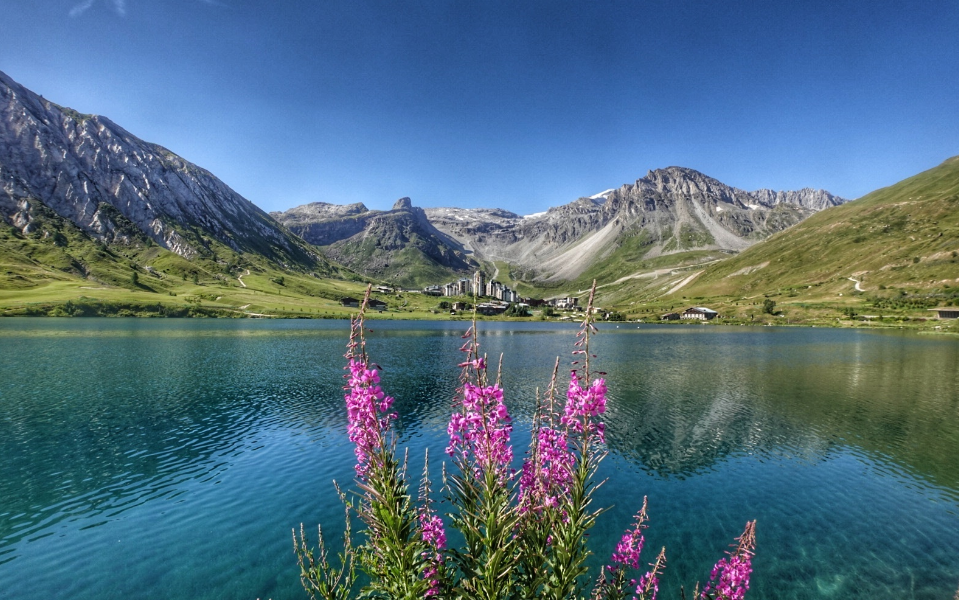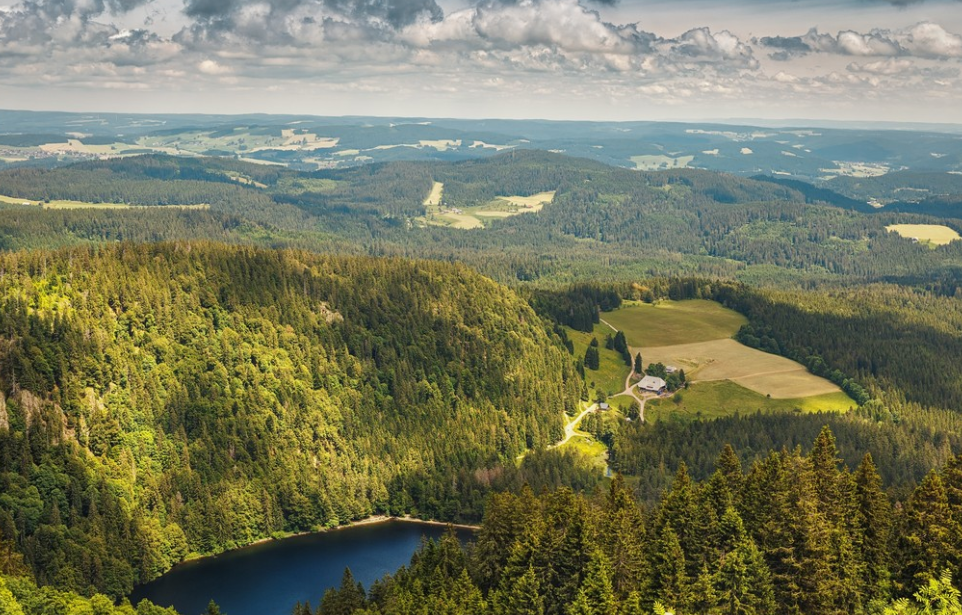Nestled in the heart of Cambodia, Cambodia National Park stands as a testament to the country’s rich natural heritage and cultural significance. Known as the “Mountain of Lychees,” this captivating national park holds immense importance in the history and culture of Cambodia. In this article, we will take you on a journey to explore the wonders of Phnom Kulen National Park, providing insights into its historical significance, diverse ecosystems, local traditions, sustainable tourism practices, and much more.
History and Geography of Cambodia National Park
A. Historical significance of Phnom Kulen: Phnom Kulen has been a sacred site for centuries, revered by both Hindus and Buddhists. It was here that King Jayavarman II declared Cambodia’s independence and established the Khmer Empire in the 9th century. The park is home to ancient temples, including the iconic Linga statues that symbolize the divine power of the Hindu deity Shiva.
B. Geographical features of the park: Phnom Kulen National Park is characterized by lush forests, rolling hills, and cascading waterfalls. The park’s elevated plateau offers breathtaking panoramic views of the surrounding landscape. With its rich biodiversity and pristine natural beauty, Phnom Kulen attracts nature enthusiasts and adventure seekers alike.
Biodiversity and Conservation
A. Flora and fauna diversity in Phnom Kulen: The park boasts an impressive array of plant and animal species, including rare orchids, giant trees, macaque monkeys, and numerous bird species. The diverse ecosystems within the park support the survival of many endangered species, making it a crucial conservation area in Cambodia.
B. Conservation efforts and initiatives: Recognizing the ecological importance of Phnom Kulen, various organizations and the Cambodian government have taken steps to preserve and protect the park’s natural resources. Conservation projects focus on reforestation, wildlife protection, and sustainable management of the park to ensure its long-term sustainability.
Attractions and Activities
A. Waterfalls and swimming spots: Phnom Kulen is renowned for its stunning waterfalls, such as the majestic Chup Preah and Kbal Spean waterfalls. Visitors can take refreshing dips in the crystal-clear pools beneath the cascades, offering a rejuvenating and memorable experience.
B. Ancient temples and ruins: The park is home to significant archaeological sites, including the sacred River of a Thousand Lingas and the enchanting Preah Ang Thom Pagoda. Exploring these ancient temples and ruins offers a glimpse into the rich cultural and religious heritage of Cambodia.
C. Hiking and trekking opportunities: Phnom Kulen National Park provides excellent trekking trails for adventure enthusiasts. Hike through dense forests, encounter hidden waterfalls, and witness panoramic vistas as you explore the park’s diverse landscapes.
Local Culture and Traditions of Cambodia National Park
A. Influence of Phnom Kulen on Cambodian culture: Phnom Kulen has played a vital role in shaping Cambodian culture and spirituality. Its historical significance and association with ancient Khmer civilization have left a lasting impact on local customs, beliefs, and traditions.
B. Traditional practices and festivals: The surrounding communities maintain age-old traditions and celebrate cultural festivals that pay homage to the spiritual connection between the people and Phnom Kulen. Witnessing these festivities provides a deeper understanding of the cultural fabric of Cambodia.
Sustainable Tourism
A. Responsible tourism practices in the park: Phnom Kulen National Park promotes sustainable tourism practices to minimize its impact on the environment. Visitors are encouraged to follow designated trails, avoid littering, and respect the park’s rules and regulations.
B. Community-based tourism initiatives: The park actively engages with local communities to empower them through tourism activities. Community-based tourism initiatives offer visitors an opportunity to interact with the local population, learn about their way of life, and contribute to the region’s sustainable development.
How to Visit Phnom Kulen National Park
A. Getting to the park: Phnom Kulen is located approximately 48 kilometers from Siem Reap. Visitors can reach the park by hiring a taxi or joining guided tours that include transportation.
B. Entrance fees and permits: To enter the park, visitors need to pay an entrance fee. The fees contribute to the conservation and maintenance of the park’s facilities.
C. Recommended itineraries: Depending on your interests, you can plan a day trip or opt for an overnight stay to explore the park more extensively. Local tour operators offer various itineraries to suit different preferences and time constraints.
Conclusion
Phnom Kulen National Park stands as a captivating testament to Cambodia’s natural and cultural heritage. From ancient temples and waterfalls to diverse flora and fauna, the park offers a truly immersive experience for visitors. By embracing sustainable tourism practices, Phnom Kulen aims to preserve its pristine ecosystems and support the local communities. Plan your visit to Phnom Kulen National Park and unlock the hidden gem that awaits you in the heart of Cambodia.
Frequently Asked Questions (FAQs)
- What is the best time to visit Phnom Kulen National Park?
The best time to visit Phnom Kulen National Park is during the dry season, which extends from November to March. The weather is pleasant, with lower chances of rainfall, allowing you to explore the park comfortably.
- Are there accommodation options within the park?
Currently, there are no accommodation options within the park. However, you can find a range of hotels and guesthouses in nearby Siem Reap, which is the most convenient base for visiting Phnom Kulen.
- Can I swim in the waterfalls?
Yes, swimming in the waterfalls of Phnom Kulen is a popular activity. The cool and pristine waters of the cascades offer a refreshing retreat, especially on hot days. However, it’s essential to follow safety guidelines and respect the natural environment.
- Are there any restrictions on photography?
Photography is generally allowed in Phnom Kulen National Park. However, some areas or specific cultural sites may have restrictions on photography or require special permits. It’s always advisable to check with park authorities or your guide before capturing images.
- Is it necessary to hire a guide?
While it’s not mandatory to hire a guide, having a knowledgeable guide can greatly enhance your experience in Phnom Kulen National Park. Guides provide valuable insights into the park’s history, flora and fauna, and cultural significance, ensuring you make the most of your visit.
References:
- Cambodia’s Ministry of Environment. (n.d.). Phnom Kulen National Park. Retrieved from http://www.moe.gov.kh/national-parks/phnom-kulen/
- UNESCO. (2019). Temple of Preah Vihear. Retrieved from https://whc.unesco.org/en/list/1224
- WWF Cambodia. (n.d.). Phnom Kulen National Park. Retrieved from https://cambodia.panda.org/en/where_we_work/phnom_kulen_national_park/

